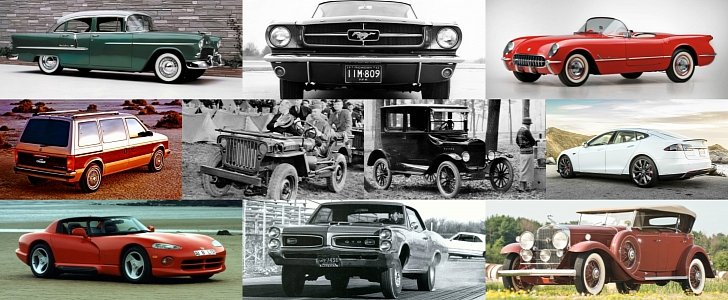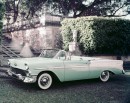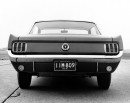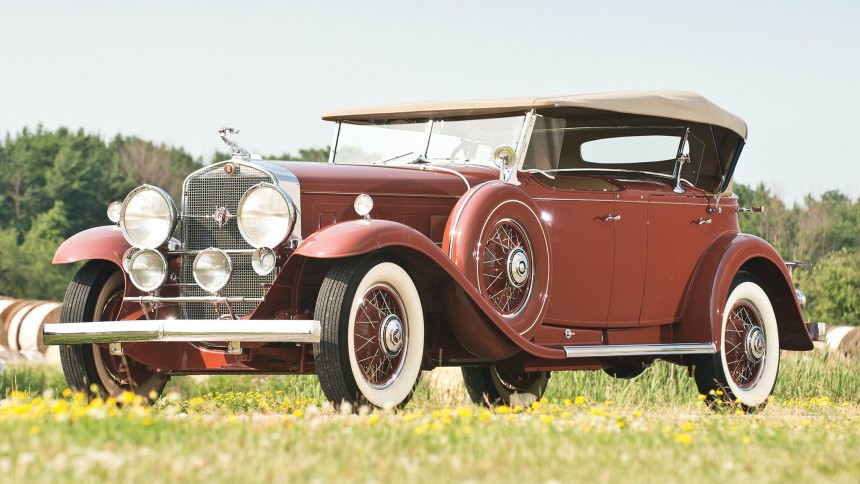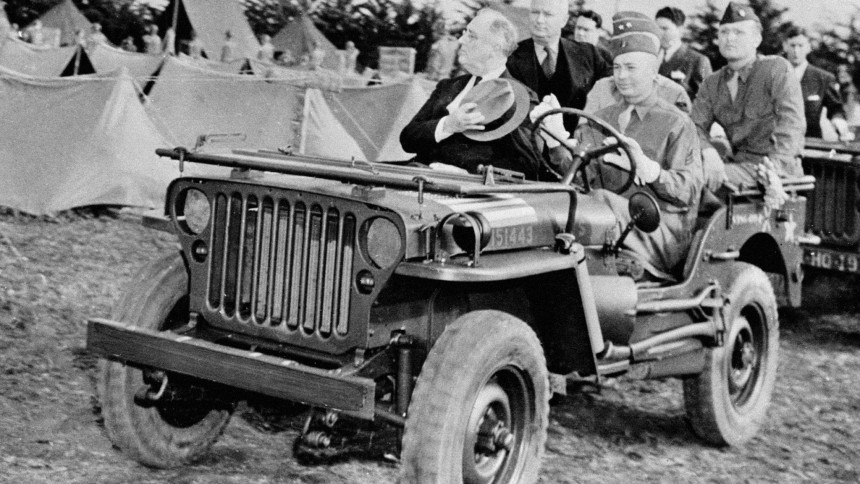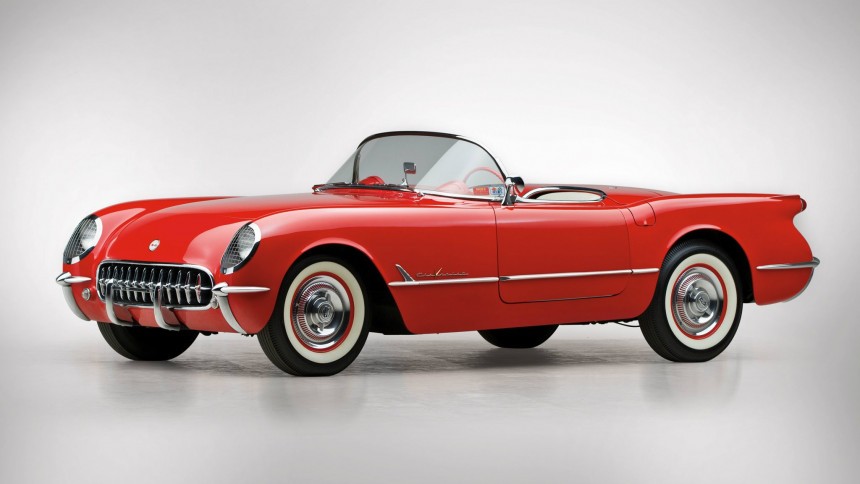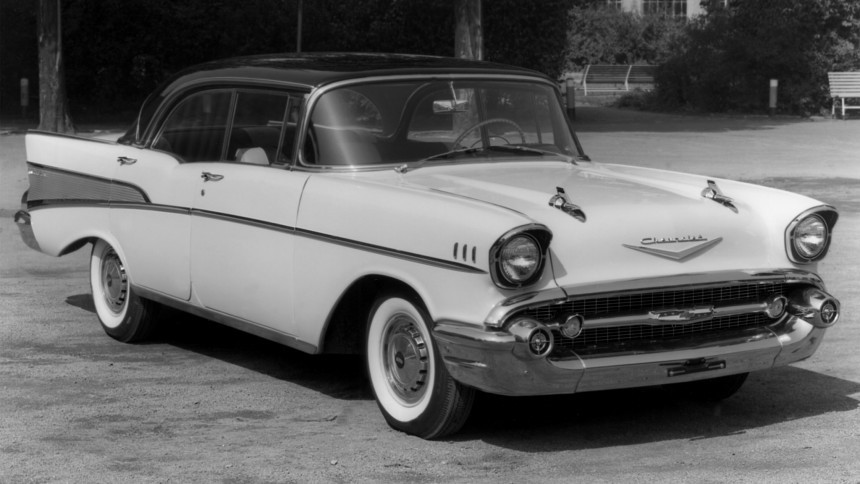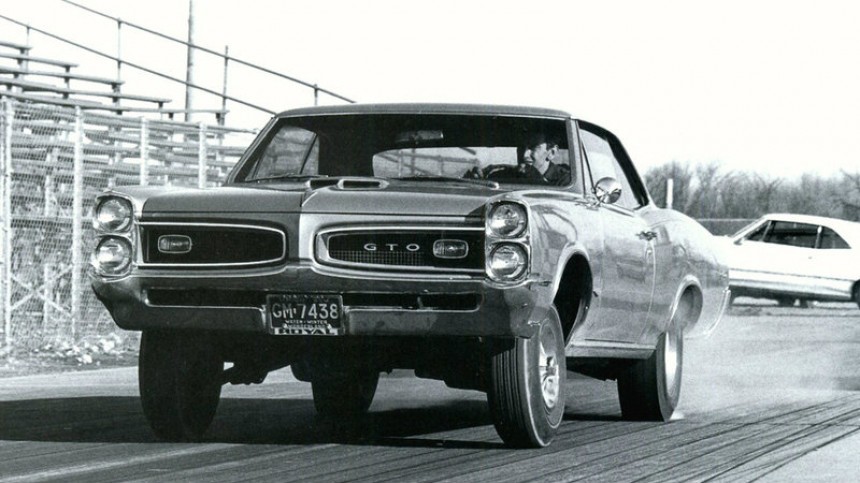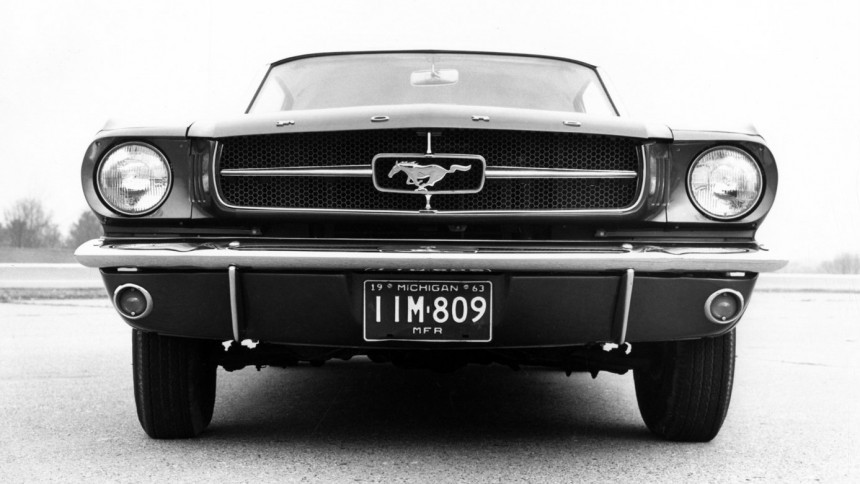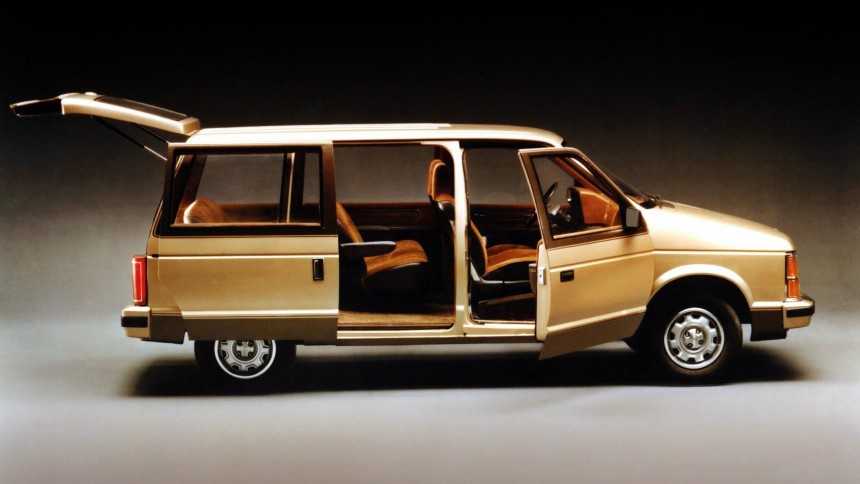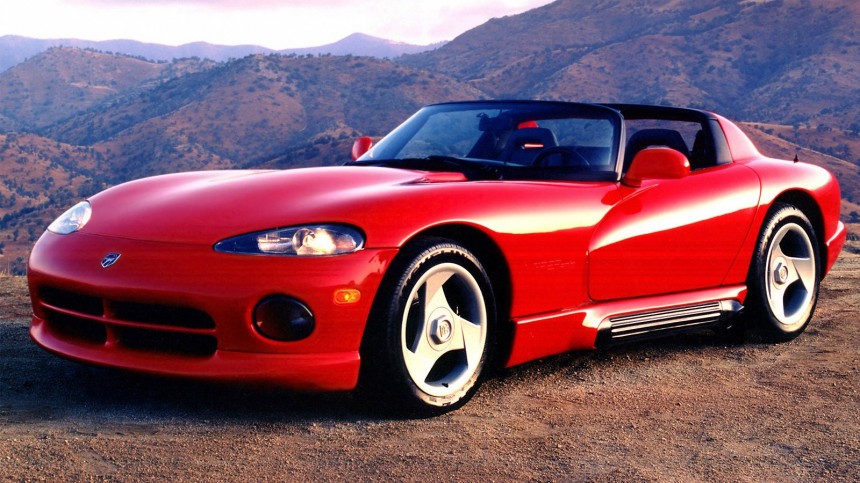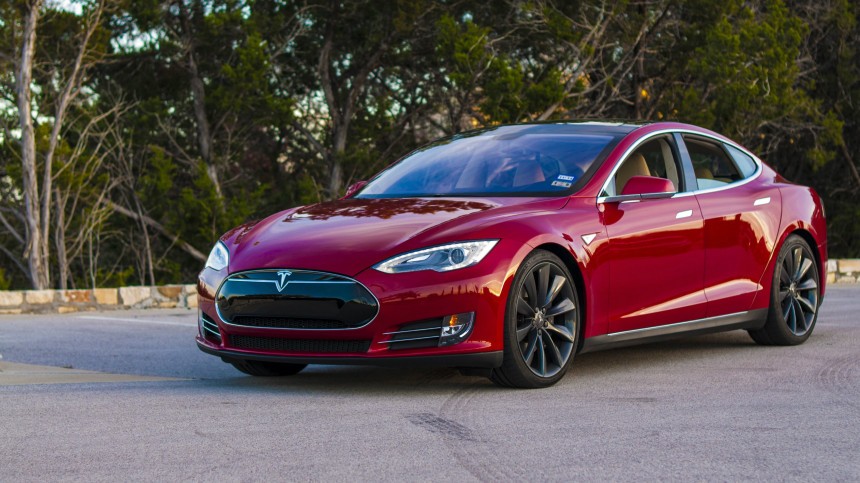The Fourth of July is also known as Independence Day. Fireworks, barbecues, and concerts roam throughout the country, as do up to 43 million people traveling mostly by car. For gearheads, the Fourth of July is more than just a reason to celebrate the U.S. A.
The Fourth of July also represents the best day to be proud of and boast about this nation's car history. Although the automobile-making frenzy started in Europe, the U.S. shaped the automotive landscape back when the car was still in its infancy.
However, we’ll not talk about milestones, which Mustang is best Mustang, out-and-out horsepower, or shameful moments such as the Cadillac Cimarron. We'll talk about cars that helped the U.S. of God Bless America define itself.
That said, let’s go through ten of the passenger vehicles that helped the United States ascertain itself as a country that loves freedom more than anything else. As chosen by the autoevolution team, here goes:
1908 Ford Model T
As I’m sure you know, Henry Ford did not invent the car, nor did he come up with the assembly line. However, he had an idea that would change things forever: why not make more cars on an assembly line?
Instead of the arduous process of hand crafting every bit and bob (including nuts and washers), the standardization of parts and the efficiency of the assembly line made the Ford Model T a cheap car for its era. In 1913, the Model T started from $525. Calculated for inflation, that’s $12,740 in today’s money.
Indeed, the Tin Lizzie brought motorized freedom to ordinary folks like you and me. Not only that, but it also altered the way people live their daily lives. For the first time ever in U.S. history, the Ford Model T made car ownership an attainable goal for the Average Joe. More than that, the Model T reshaped the industry altogether.
1930 Cadillac V-16
Cadillac is but a ghost of what it was in the interwar period, the '50s, and ‘60s. The best Caddy can do at the present moment is the CT6, a model that comes as standard with [wait for it] a four-cylinder engine. In a full-size luxury sedan? Thanks, but no thanks, I'd rather a Mercedes-Benz S-Class. Back in the gilded age of Cadillac, the pearl of GM manufactured no-compromise vehicles such as the V-16.
Also referred to as the Sixteen, this was the crème de la crème of Cadillac when the bellwether of General Motors still was an automaker to be reckoned with. Not only was it exceedingly lush, but the V-16 could be had in approximately 70 different body styles. Furthermore, as the name implies, the V16 engine under its hood was a masterpiece. Why did the automaker go for sixteen cylinders instead of twelve?
The answer to that question is Caddy’s attempt to outdo Packard in every way possible, including the number of cylinders. The V-16, then, is the embodiment of excess, also known as the byword for America in the era of The Great Gatsby. Unfortunately for Cadillac (and the United States of America, for that matter), everything went the way of the dodo because of something called the 1929 stock market crash. Just like the phoenix rises from its ashes, America managed to get back on its feet with the advent of WWII.
1941 Willys-Overland MB
Before Jeep became the brand we now associate with adventure, Jeep was a nickname given to the Willys-Overland MB. This old heap of steel is more than just the sum of its parts, though. Back in the day, the humble U.S. Army Truck helped our GIs liberate Europe, crush down the Nazi regime, and put a leash on the Imperial Japanese Army.
Willys-Overland built 361,339 units of the MB from 1941 to 1945, after which the M38 replaced it in 1949. Still, if it weren’t for the MB, our appetite for sport utility vehicles and crossovers wouldn’t have been as great as it is today. Although the CJ is the one that brought Jeep to the civilian population, it was the Willys MB who made it all possible.
When all is said and done, the importance of the Willys-Overland MB shouldn’t be understated. After all, this thing rendered horses and motorcycles obsolete in modern warfare. Seventy-something years after the MB entered service, the Oshkosh L-ATV will help the Army and Marine Corps protect America’s freedom in the following decades.
1953 Chevrolet Corvette
Harley Earl, the designer of the first-generation Corvette, admired European sports cars of the times. His greatest love was the awe-inspiring Jaguar XK120. After GIs had returned from Europe with MGs, Alfa Romeos, and Jags, Earl had an idea: why not make a sports car that America can be proud of? Accordingly, the Corvette was born.
The Chevrolet Corvette as we know it today can trace its roots back to the second generation (a.k.a. Sting Ray), but it was the first gen that laid the foundation for the Corvette’s world-beating performance credence. For what it’s worth, I love the C1 for what it stands for.
However, rounded edges and classic elegance weren't enough for the Chevrolet Corvette to really take off. If it weren’t for Zora Arkus-Duntov’s push for introducing a V8 engine and a manual transmission, the quintessential American sports car would’ve ceased production before the Sting Ray would’ve improved the recipe. Thanks, Zora!
1957 Chevrolet Bel Air
Yes! It’s the second generation of the Bel Air that made our list, chiefly because Chevrolet advertised it as “The Hot One.” Heck, the 1957 Chevy isn’t just a car, but also a four-wheeled muse for car people, as well as Eric Clapton, Billie Jo Spears, and Sue Medley.
Ironically, Chevrolet sold fewer cars in the 1957 model year than FoMoCo. Still, does anyone remember the ’57 Ford? It’s rather clear, then, that the 1957 Chevrolet is the embodiment of a four-wheeled icon. The Bel Air, on the other hand, is its most indulgent vestment.
What made the 1957 Chevrolet great, especially the Bel Air? Nope, it’s not the revamped dash, nor the wider grille, nor the reduction in height by switching to 14-inch wheels instead of 15s. For me, the 1957 MY is all about the much larger fins. The tailfin era of automobile styling happened because of one man: Harley Earl. Yes, he’s the same Harley who penned the first generation of the Chevrolet Corvette.
1964 Pontiac GTO
It is widely considered that the Oldsmobile 88 is the first muscle car of them all. Be that as it may, General Motors got the ball rolling with the Pontiac GTO. The 1932 Ford may have brought the V8 to the masses, but the Tempest-based Pontiac GTO took it to new heights.
It had the looks to kill and it had the power to thrill the speed-minded youth market of the swinging sixties. What’s more, it had a badder reputation than the one Joan Jett sings about, partly because the three-letter name was stolen from the best name in the biz - Ferrari.
The name, which was penned by John DeLorean, has been inspired by the Ferrari 250 GTO. Whereas the Italian model was certified for racing in the grand tourer class, the Pontiac GTO had absolutely nothing to do with what Gran Turismo Omologato stands for. The Ferraristi were mad when they heard what General Motors had done with their fancy nameplate, but d'you know what? The biggest of the Big Three in Detroit, as well as the loud and proud Pontiac GTO, couldn’t care less.
1965 Ford Mustang
Manufactured alongside the 1964 Ford Falcon and made from readily available parts sourced from the Falcon, the Mustang is the archetypal American car, hands down. Even though Europe regards the Mustang as an exotic, the truth of the matter is the first generation of the pony car was assembled with little care by a UAW workforce who had to manufacture Mustangs as fast and as cheap as possible.
Despite its humble origin and hit-and-miss production process, the truth is that the Mustang has bucketloads of charisma. On and off the small screen, the Mustang is the type of car that oozes magnetism. The blue-collared VIP from FoMoCo isn’t just a charming car, though. As it happens, it’s also cheap.
With a list price of $2,368, the first-generation Mustang was an accessible car for the masses. In today’s money, that’ll be just about $18,350. But times change and so does inflation, which is why the sixth-gen Mustang and its fancy independent rear suspension starts from $24,645. That's still cheap as dirt.
1984 Dodge Caravan
The day was November 2 and the year was 1983. It was then when a troubled Chrysler invented the minivan out of nowhere. Happily for Chrysler, the minivan would save the company from its financial burdens. Thanks to the Dodge Caravan, the days of the station wagon and full-size vans were numbered.
On the other side of the big blue pond we call the Atlantic, Renault was introducing the Espace in 1984. Chrysler, then, should be proud of the Dodge Caravan because it made Europeans take the American auto industry more seriously than it did during the Malaise Era.
After the Dodge Caravan, Chrysler extended its minivan family with the Chrysler Town & Country and Plymouth Voyager. The symbol of suburbia lost its appeal in the 1990s, when low gasoline prices spurred the American population's appetite for sport utility vehicles and crossovers.
1992 Dodge Viper
Bursting onto the scene in the same year Jay Leno became the host of The Tonight Show, the Dodge Viper was (and still is) a middle finger salute to the establishment. All things considered, the original Viper is a supercar with bedroom poster credentials.
The best Ferrari could do back in ’92 was the 512 TR. The Viper may be extremely crude in places, I admit, but then again, it outperformed the 512 TR to 60 mph by a tenth of a second. In terms of quarter-mile stints, the Viper also outguns the 512 TR (12.9 seconds versus 13.2 seconds). Simply put, the Viper was a bona fide revelation.
As fate would have it, the slithering serpent will be killed off after the 2016 model year. The reason for its untimely death will leave some folks, myself included, dismayed. A quarter of a century after its debut, the gobsmacking Dodge Viper will bid us farewell because it doesn’t have and it can't be equipped with side curtain airbags. Boo and hiss!
2012 Tesla Model S
While the Tesla Model 3 is poised to change the automotive landscape forever, it was the Model S that set the mold for electric cars. Tesla’s first effort, the Lotus-based Roadster, doesn’t even matter. Thanks to its luxurious interior and generous range on a full charge, the Tesla Model S is a game changer in the EV realm.
Thanks to all the little details that make up the Model S, the American sedan is the first EV to top the monthly new car sales ranking in any country. In 2015, the Model S ranked as the best-selling plug-in car in the United States. To boot, the dual motor all-wheel-drive option can put a Dodge Challenger SRT Hellcat to shame. What more could you wish for? Autonomous driving technology? It has that too, thank you!
In contrast to the thriftiness of the Ford Model T, the Tesla Model S is a bit of a high-roller. Including the destination tax, the base 60 kWh model will set you back $66k. Pardon me, but that’s Mercedes-Benz CLS money. Be that as it may, America continues to be the vanguard of electric vehicles. But thanks to the Tesla Model 3, a new chapter in American automotive history is now unfolding.
However, we’ll not talk about milestones, which Mustang is best Mustang, out-and-out horsepower, or shameful moments such as the Cadillac Cimarron. We'll talk about cars that helped the U.S. of God Bless America define itself.
That said, let’s go through ten of the passenger vehicles that helped the United States ascertain itself as a country that loves freedom more than anything else. As chosen by the autoevolution team, here goes:
1908 Ford Model T
Instead of the arduous process of hand crafting every bit and bob (including nuts and washers), the standardization of parts and the efficiency of the assembly line made the Ford Model T a cheap car for its era. In 1913, the Model T started from $525. Calculated for inflation, that’s $12,740 in today’s money.
Indeed, the Tin Lizzie brought motorized freedom to ordinary folks like you and me. Not only that, but it also altered the way people live their daily lives. For the first time ever in U.S. history, the Ford Model T made car ownership an attainable goal for the Average Joe. More than that, the Model T reshaped the industry altogether.
1930 Cadillac V-16
Also referred to as the Sixteen, this was the crème de la crème of Cadillac when the bellwether of General Motors still was an automaker to be reckoned with. Not only was it exceedingly lush, but the V-16 could be had in approximately 70 different body styles. Furthermore, as the name implies, the V16 engine under its hood was a masterpiece. Why did the automaker go for sixteen cylinders instead of twelve?
The answer to that question is Caddy’s attempt to outdo Packard in every way possible, including the number of cylinders. The V-16, then, is the embodiment of excess, also known as the byword for America in the era of The Great Gatsby. Unfortunately for Cadillac (and the United States of America, for that matter), everything went the way of the dodo because of something called the 1929 stock market crash. Just like the phoenix rises from its ashes, America managed to get back on its feet with the advent of WWII.
1941 Willys-Overland MB
Willys-Overland built 361,339 units of the MB from 1941 to 1945, after which the M38 replaced it in 1949. Still, if it weren’t for the MB, our appetite for sport utility vehicles and crossovers wouldn’t have been as great as it is today. Although the CJ is the one that brought Jeep to the civilian population, it was the Willys MB who made it all possible.
When all is said and done, the importance of the Willys-Overland MB shouldn’t be understated. After all, this thing rendered horses and motorcycles obsolete in modern warfare. Seventy-something years after the MB entered service, the Oshkosh L-ATV will help the Army and Marine Corps protect America’s freedom in the following decades.
1953 Chevrolet Corvette
The Chevrolet Corvette as we know it today can trace its roots back to the second generation (a.k.a. Sting Ray), but it was the first gen that laid the foundation for the Corvette’s world-beating performance credence. For what it’s worth, I love the C1 for what it stands for.
However, rounded edges and classic elegance weren't enough for the Chevrolet Corvette to really take off. If it weren’t for Zora Arkus-Duntov’s push for introducing a V8 engine and a manual transmission, the quintessential American sports car would’ve ceased production before the Sting Ray would’ve improved the recipe. Thanks, Zora!
1957 Chevrolet Bel Air
Ironically, Chevrolet sold fewer cars in the 1957 model year than FoMoCo. Still, does anyone remember the ’57 Ford? It’s rather clear, then, that the 1957 Chevrolet is the embodiment of a four-wheeled icon. The Bel Air, on the other hand, is its most indulgent vestment.
What made the 1957 Chevrolet great, especially the Bel Air? Nope, it’s not the revamped dash, nor the wider grille, nor the reduction in height by switching to 14-inch wheels instead of 15s. For me, the 1957 MY is all about the much larger fins. The tailfin era of automobile styling happened because of one man: Harley Earl. Yes, he’s the same Harley who penned the first generation of the Chevrolet Corvette.
1964 Pontiac GTO
It had the looks to kill and it had the power to thrill the speed-minded youth market of the swinging sixties. What’s more, it had a badder reputation than the one Joan Jett sings about, partly because the three-letter name was stolen from the best name in the biz - Ferrari.
The name, which was penned by John DeLorean, has been inspired by the Ferrari 250 GTO. Whereas the Italian model was certified for racing in the grand tourer class, the Pontiac GTO had absolutely nothing to do with what Gran Turismo Omologato stands for. The Ferraristi were mad when they heard what General Motors had done with their fancy nameplate, but d'you know what? The biggest of the Big Three in Detroit, as well as the loud and proud Pontiac GTO, couldn’t care less.
1965 Ford Mustang
Despite its humble origin and hit-and-miss production process, the truth is that the Mustang has bucketloads of charisma. On and off the small screen, the Mustang is the type of car that oozes magnetism. The blue-collared VIP from FoMoCo isn’t just a charming car, though. As it happens, it’s also cheap.
With a list price of $2,368, the first-generation Mustang was an accessible car for the masses. In today’s money, that’ll be just about $18,350. But times change and so does inflation, which is why the sixth-gen Mustang and its fancy independent rear suspension starts from $24,645. That's still cheap as dirt.
1984 Dodge Caravan
On the other side of the big blue pond we call the Atlantic, Renault was introducing the Espace in 1984. Chrysler, then, should be proud of the Dodge Caravan because it made Europeans take the American auto industry more seriously than it did during the Malaise Era.
After the Dodge Caravan, Chrysler extended its minivan family with the Chrysler Town & Country and Plymouth Voyager. The symbol of suburbia lost its appeal in the 1990s, when low gasoline prices spurred the American population's appetite for sport utility vehicles and crossovers.
1992 Dodge Viper
The best Ferrari could do back in ’92 was the 512 TR. The Viper may be extremely crude in places, I admit, but then again, it outperformed the 512 TR to 60 mph by a tenth of a second. In terms of quarter-mile stints, the Viper also outguns the 512 TR (12.9 seconds versus 13.2 seconds). Simply put, the Viper was a bona fide revelation.
As fate would have it, the slithering serpent will be killed off after the 2016 model year. The reason for its untimely death will leave some folks, myself included, dismayed. A quarter of a century after its debut, the gobsmacking Dodge Viper will bid us farewell because it doesn’t have and it can't be equipped with side curtain airbags. Boo and hiss!
2012 Tesla Model S
Thanks to all the little details that make up the Model S, the American sedan is the first EV to top the monthly new car sales ranking in any country. In 2015, the Model S ranked as the best-selling plug-in car in the United States. To boot, the dual motor all-wheel-drive option can put a Dodge Challenger SRT Hellcat to shame. What more could you wish for? Autonomous driving technology? It has that too, thank you!
In contrast to the thriftiness of the Ford Model T, the Tesla Model S is a bit of a high-roller. Including the destination tax, the base 60 kWh model will set you back $66k. Pardon me, but that’s Mercedes-Benz CLS money. Be that as it may, America continues to be the vanguard of electric vehicles. But thanks to the Tesla Model 3, a new chapter in American automotive history is now unfolding.
